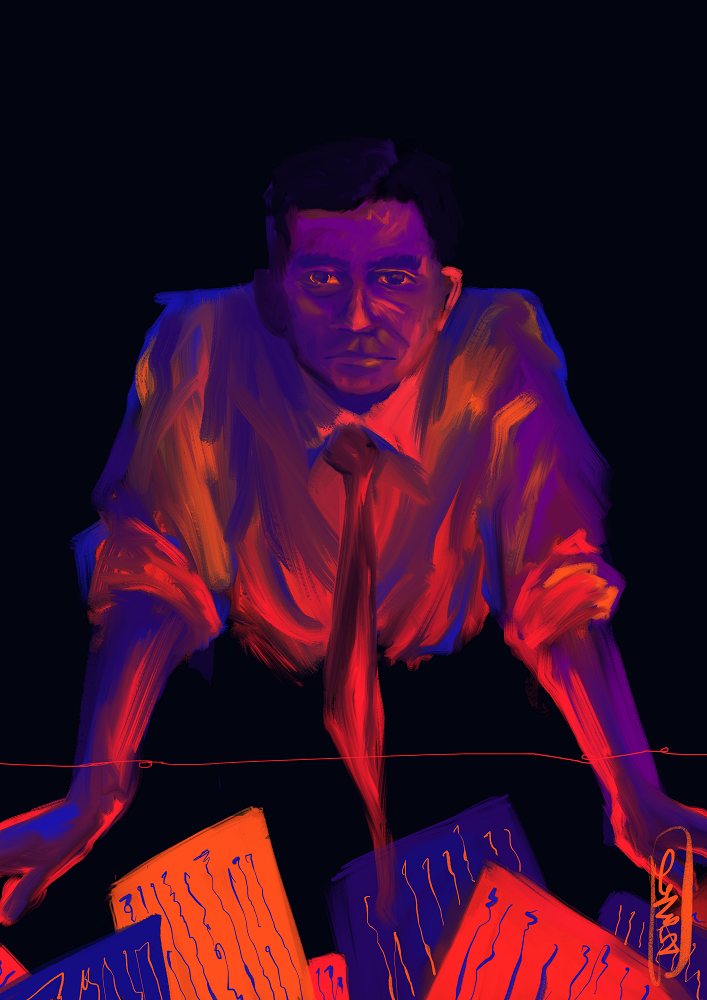Background
Born in Longmen Town, Anxi County, Fujian Province, China in 1900, Chuang Hui Chuan studied at Yu Ping Academy. He was only 15 when he headed to Singapore to work in an emporium owned by his cousin, Zhuang Xiquan. In 1938, Chuang became the Director of General Affairs for the Singapore Ann Kway Association.
War Efforts
When the Sino-Japanese war broke out, Chuang, Lim Bo Seng and others actively participated in anti-Japanese campaigns and raised funds to aid the Mainland Chinese. In 1938, Tan Kah Kee founded the China Relief Fund in Southeast Asia; Chuang was deputy director of the labour department, and actively participated in fundraising activities.
Together with Lim Bo Seng, Chuang encouraged workers of Japanese-owned Malayan mines (i.e. Dunggun) to go on strike in the middle of February 1938. This was to prevent iron from these mines from being shipped back to Japan and used to construct weapons for the Japanese military. Over 3,000 workers at the Dunggun iron mines went on strike, cutting off iron ore supplies to a factory producing weapons for the Japanese Army.
Chuang also stepped up to help when the invasion travelled southward to Malaya. As deputy head of the Southeast Asia Allied Forces Force 136 (Malayan Chinese), Chuang assisted the Sino-British government in training the underground resistance. Between 1941 and 1945, Chuang continued training resistance groups, fuelling the fight against the Japanese.
Involvement in Post-War War Crimes Trials
Chuang returned to Singapore after the Japanese surrender, where he heard of Lim Bo Seng’s death. Distraught, Chuang searched for Lim Bo Seng’s remains to give him a proper burial, and was also involved in building a memorial for Lim Bo Seng at Connaught Drive.
Chuang also heard of the death of his younger brother, Chuang Chao Song, at the hands of the Japanese. In a Nanyang Siang Pau editorial addressed to his brother, Chuang wrote: “...before your execution, you had said, “I’d rather walk to the gallows than become a traitor.” What strength, my brother! As I write this now, I have cried to the point of exhaustion, and my heart is pained; my hands are trembling, and my vision blurred – these words can hardly describe how I am feeling!”
His grief grew insurmountable. In that same editorial, Chuang lamented, “Alas! I mourn my friend, and again I mourn my brother. In this life, there is no shortage of pain, and no shortage of hatred!”
This grief became the driving force behind Chuang’s pursuit for justice. As Manager of General Affairs of the Appeal Committee of the Singapore Chinese Victims Massacred by Japanese, he was a substantial driving force behind the Committee’s efforts to seek redress for their fellow countrymen. Chuang attended the Sook Ching trials on behalf of the Committee.
To the Committee’s dismay, only 2 of the 7 accused were sentenced to death. At 10 am on 4 April 1947, the Committee held an emergency meeting to discuss the sentences meted out. Chuang spoke then, denouncing Shinozaki Mamoru for seeking to portray himself as a saviour during the trials. He advocated for the deportation of Shinozaki on the grounds that the latter was a Japanese spy.
After receiving confirmation of the sentences for the accused persons in the Sook Ching trials on 13 June 1947, the Committee requested that 10 of its members be allowed to witness the hanging. Chuang was among the six who were granted permission.
Post-War Crimes Trials
After the trials, Chuang remained passionate about seeking justice for Chinese victims of the Japanese Occupation and ensuring that the atrocities committed during the Occupation would not be forgotten. Chuang travelled to China in August of the same year. He had collected a large amount of historical materials about Chinese anti-Japanese efforts in Singapore and Malaya, and commissioned Xu Yunqiao to compile a book titled Malayan Chinese resistance to Japan 1937-1945.
Chuang’s fury at Japanese wartime atrocities did not subside even 11 years after the Sook Ching trials. In August 1958, Ogata Shinichi (who had been a police chief during the Japanese Occupation) made a brief stopover in Singapore. Chuang led aggrieved families of the Sook Ching Massacre victims to the airport, where they intended to surround Ogata.
The families intended to hand Ogata a “blood letter” to “demand full repayment” of the “blood debt”. When interviewed by a correspondent for the Tokyo Yomiuri Shimbun, Chuang stated that “...One of my younger brothers was a reporter – Chuang Chao Song – and he was hanged to death by the Japanese. This blood debt must be paid in full. I am here now to settle it with Ogata.” Chuang was enraged when he found out that Ogata had arranged to board his flight by a side gate (thus evading the crowd). He reportedly exploded into thunderous rage and began shouting, “Coward! You brutally killed people on this island, and now you are fleeing. You do not even dare to meet me, you are really worse than a rat!”
Chuang’s fervour would persist in the decades to follow. In 1971, he was quoted criticising a proposed Madame Tussauds tourism project to build a waxwork museum at Bukit Timah Road. The museum would depict the surrender of Singapore by General Percival to General Yamashita. Chuang claimed that the project was “disgraceful”, especially “when the remains of the innocent civilians who were massacred by the Japanese [were] still scattered all over the island”.
Later Life and Death
Chuang remained greatly involved in the Chinese community post war. He served as a director of the Singapore Chinese Chamber of Commerce and Industry, chairman of the Chuang Clan Association, and executive director of the Singapore Ann Kway Association for more than 30 years.
Together with Lim Keng Lian, Chuang pushed for the reformation of Mandarin curriculum in Chinese schools.
Chuang died in 1974 in Singapore.
